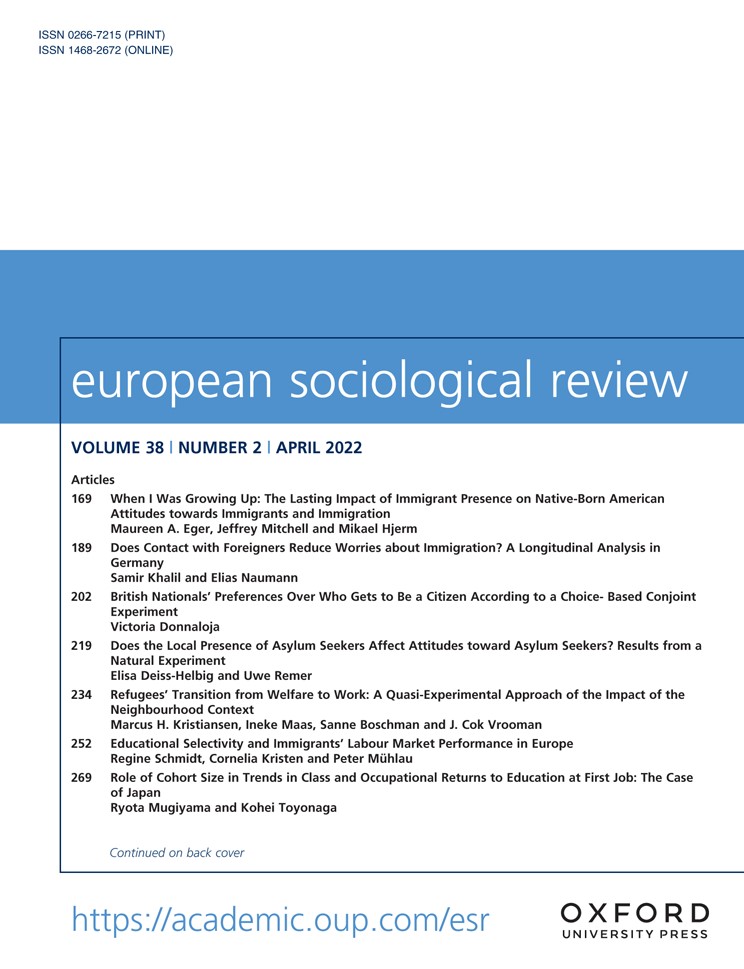Sexual and Gender Minority (SGM) Research Meets Household Panel Surveys: Research Potentials of the German Socio-Economic Panel and Its Boost Sample of SGM Households
Abstract

There are numerous challenges to studying structural inequality in sexual and gender minority (SGM) populations, from the difficulty of obtaining a representative sample to issues comparing data across populations. This data brief illustrates how the largest household panel survey in Germany, the German Socio-Economic Panel (SOEP), and its recent nationwide boost sample of SGM households, Sample Q, have addressed these challenges. We discuss the case of the SOEP and its boost sample to illustrate the untapped potentials that lie in other national household panels for research into the lived experiences of SGM people, couples, and families. Based on the SOEP example, we show the potential for cross-sectional comparative, retrospective, and longitudinal life course research using the detailed information on the extended families (parents, children, siblings, and relatives) of SGM respondents in household panel surveys.
Quellen
Fischer, Mirjam M, Martin Kroh, Lisa De Vries, David Kasprowski, Simon Kühne, David Richter und Zaza Zindel. 2021. Sexual and Gender Minority (SGM) Research Meets Household Panel Surveys: Research Potentials of the German Socio-Economic Panel and Its Boost Sample of SGM Households. In: European Sociological Review 38, Nr. 2: 321–335. doi: 10.1093/esr/jcab050.
